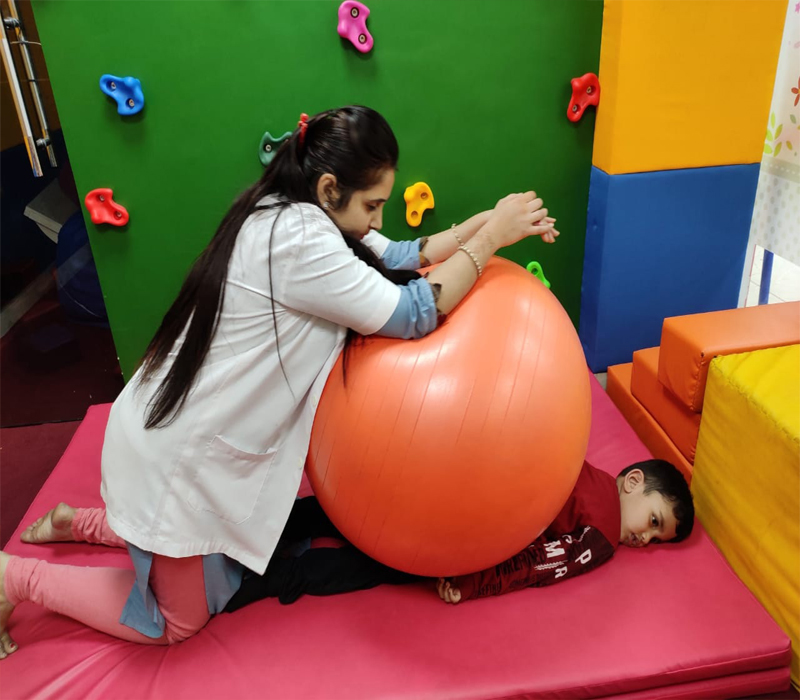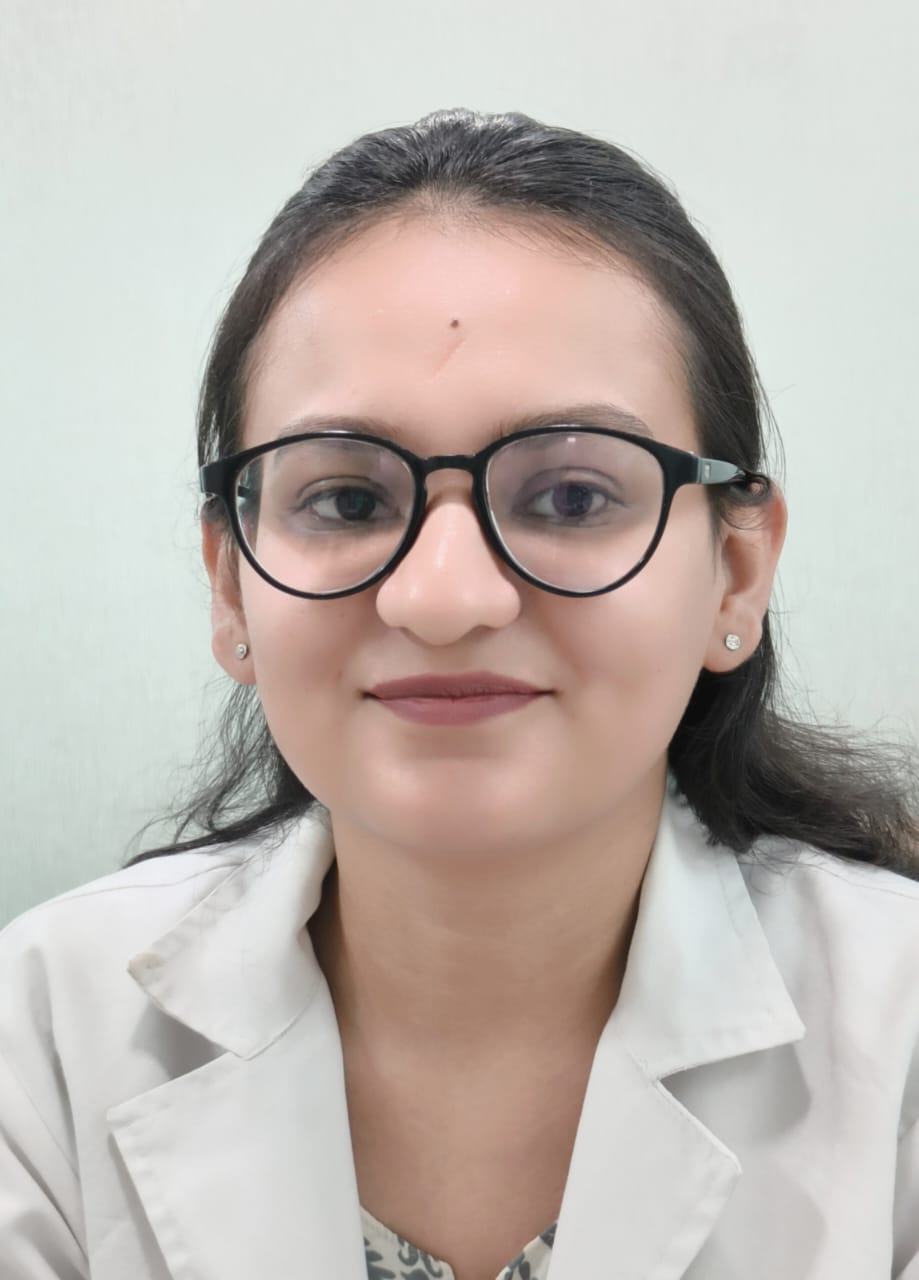 Occupational therapy is the only profession that helps people across the lifespan to do the things they want and need to do through the therapeutic use of daily activities (occupations). Occupational therapy practitioners enable people of all ages to live life to its fullest by promoting health and helping them prevent or better manage injury, illness, or disability. It facilitates a child’s engagement in meaningful activities of daily life such as self-care, education, work, or social interaction.
Occupational therapy is the only profession that helps people across the lifespan to do the things they want and need to do through the therapeutic use of daily activities (occupations). Occupational therapy practitioners enable people of all ages to live life to its fullest by promoting health and helping them prevent or better manage injury, illness, or disability. It facilitates a child’s engagement in meaningful activities of daily life such as self-care, education, work, or social interaction.
The goal of an occupational therapist is to help children with physical, cognitive, and social challenges participate successfully in school and social environments.
Problems faced by children with neurological disorders in their day-to-day life:
Physical limitations such as restricted joint movement, contractures, muscle weakness in hands and legs, increased tone (spasticity), decreased tone (hypotonicity), tremors, and poor coordination can lead to difficulty in holding a pen or pencil, writing, turning pages, lifting books or objects, and participating in play or sports — all of which affect the child's academic and social life.
Cognitive impairments can lead to difficulties in reading, writing, calculating, remembering, and other mental tasks.
Social skill challenges may result in issues like poor eye contact, difficulty in having conversations, trouble participating in group activities, team games, or annual social gatherings.
Children with sensory processing issues and autistic features may exhibit behaviors such as hyperactivity, poor attention, inability to sit still, easy distractibility, repetitive behaviors like rocking or hand-flapping, and sensitivity to light and noise.
All these problems can lead to significant difficulties in performing basic daily living activities like eating, brushing, dressing, bathing, and toileting.
Sensory Integration Therapy
Sensory integration is the ability to receive various sensory inputs, process and understand them, and respond appropriately. Children with sensory processing disorders struggle to regulate, interpret, and respond to sensory input. Sensory Integration Therapy helps manage these challenges. The intervention includes:
• Activities for the tactile system:
Using sensory kits (materials with different textures), putty, play dough, shaving cream, gel, and finger painting.
• Activities for the proprioceptive system:
Deep pressure using therapy balls, massage, vibration tools, jumping exercises, and wheelbarrow walks.
• Activities for the vestibular system:
Swings, scooter boards, slides, trampolines, and obstacle courses.
Regulating the auditory and visual sensory environment helps children stay focused on their tasks.
Cognitive Training
Involves the use of visual, auditory, and tactile cues to improve memory, such as visual schedules and flashcards.
Memory games are used to improve orientation to time, place, and person.
Tasks are broken into smaller subtasks, and strategies are developed to enhance cognitive performance.
Use of mnemonics and computer games to improve cognitive skills.
Occupational therapy plays a vital role in supporting children with physical, cognitive, and social difficulties. Therapists identify challenges at an early stage and create personalized intervention plans based on each child's unique needs. This approach helps children become more independent in their daily functional skills and significantly improves their quality of life.

Dr. Naina Sharma
O.T (Occupational Therapy)